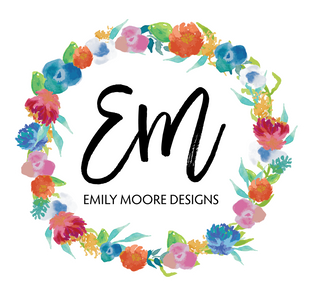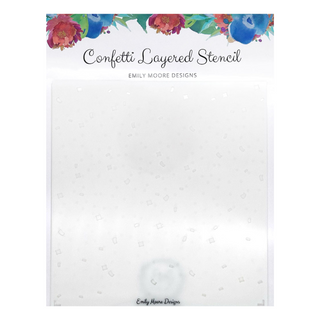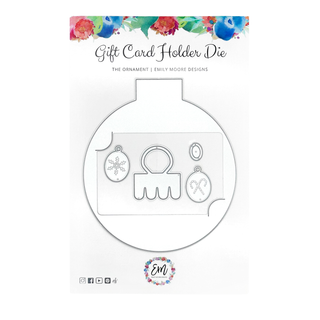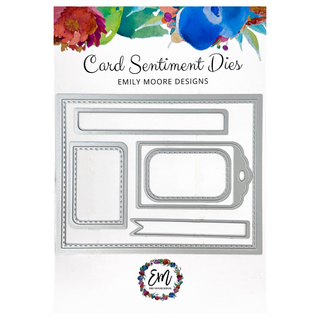Hey crafty people! If you are anything like me, you are self taught! And with that comes a lot of self educating. I've taken the work out for you and put together a concise blog post on the Color Wheel! Today, I am going to share information about The Color Wheel, Color Theory & what it all means. First, I want to start by saying, you can get a FREE download here of the color wheel from Catherine Pooler, which makes it so simple to mix and match your inks to get the perfect pairing. Below, I have a really quick video, just showing the print outs and how to put them together. Today on the blog, I want to go into more detail of each of the different color schemes and meanings. Let's dig in!
When you download your color wheels, you will receive two. One for the "party colors" and one for the "spa colors". All you need to assemble them are some brads! These color wheels are specific to Catherine Pooler Inks, which makes it that much easier to choose your colors! But how do you choose colors? How do you know which ones go together and which don't? That's where the color wheel is here to help us.
History of the Color Wheel & Color Theory
Color theory is the study of how colors work together, and how they affect our emotions and perceptions. Color theory helps you to choose colors that go well together and convey the correct mood or message in your design.
Isaac Newton first developed color theory when he invented the color wheel back in the 1600's. Sir Isaac Newton used a prism to break white light into a spectrum, demonstrating that it is composed of various colors. This experiment played a crucial role in understanding the nature of light and color, leading to the arrangement of these colors in a circular pattern known as the color wheel. This laid the foundation for the widely accepted idea that red, yellow, and blue are primary colors. Below is a picture of Newton's original color wheel.

There have of course been variations of Newton's color wheel, including the one Catherine Pooler has created for us, in direct relativity to her inks! So what does all the language on the center wheel mean? There are 4 different color relationships on the color wheel. Let's break it down.
The Color Relationships
Analogous Colors:
- Definition: Colors that are next to each other on the color wheel, keep in mind, you would be using 3-4 different colors, rather than different shades of one color (monochromatic - see below)
- Examples: flame, succulents

https://www.elledecor.com/design-decorate/color/a27793858/analogous-color-scheme/
Here is an example of an analogous color scheme on the background of this card below using the yellow-green spectrum:
Keep in mind, monochromatic, is using ONE color in various different shades to create different tones of the same color. An example of this is the card below I created using just one CP ink color, Mandarian Spice!
Tetradic Colors (or Tetrad):
- Definition: involves four colors together in the form of a rectangle on the color wheel. These colors are selected in a way that two pairs of complementary colors are included. The arrangement creates a visually balanced and harmonious color palette.
Below is an example of a card I made recently for Thanksgiving for YOU guys! Here we see an example of the tetrad color scheme with the pinks (R), yellows (OY), greesn (G), & blues (from the sequins - BV).
Triadic Colors (or Triad):
- Definition: Three colors evenly spaced around the color wheel. A traditionally-balanced triadic color scheme focuses on one dominant color, with the other two evenly spaced colors both serving as accents.
- Example: Red, yellow, and blue - think Superman!
Below is an example of the Winter Ice Skate card I just made! For the flowers embellishments, I water colored these with Pixie Dust (V), Mandarian Orange (O), and Deck the Halls (with a mix of other greens as well - G). These created a beautifully balanced flower color scheme for the accents onto this monochromatic white card.
-
Complementary Colors:
- Definition: Complementary colors are pairs of colors that, when combined, cancel each other out. This means that they produce a grayscale color (like white or black) when mixed together. On the traditional color wheel, complementary colors are located opposite each other.
- Example: Red and green are complementary colors. Think Christmas!
The card below is one I recently created using my Free Holiday printable sentiments and is a great example of that contrasting red against the green. Perfect for a traditional Christmas card.
Although all the information may seem overwhelming, it's important to note that even creativity can be learned. I truly believe that. If you are intimidated by this subject (as I was!), make sure you grab a copy of your FREE Color Wheel, and practice! Once you have it in front of you, it makes it easier to visualize. Plus, that gives you an excuse to buy more inks! ;)
Thanks for stopping by!
With Heart,
Disclosure: Compensated affiliate links may be used above at no cost to you. I only show you products from companies that I believe in and purchase from personally. Thank you for supporting me so that I can continue to bring you lots of fun crafting content!
Sources Cited:
https://www.lib.uchicago.edu/collex/exhibits/originsof-color/color-theory/#:~:text=It%20was%20Isaac%20Newton%20who,to%20create%20the%20color%20wheel.
https://www.interaction-design.org/literature/topics/color-theory
https://en.wikipedia.org/wiki/File:Newton%27s_colour_circle.png
https://www.studiobinder.com/blog/what-is-a-triadic-color-scheme-definition/



















